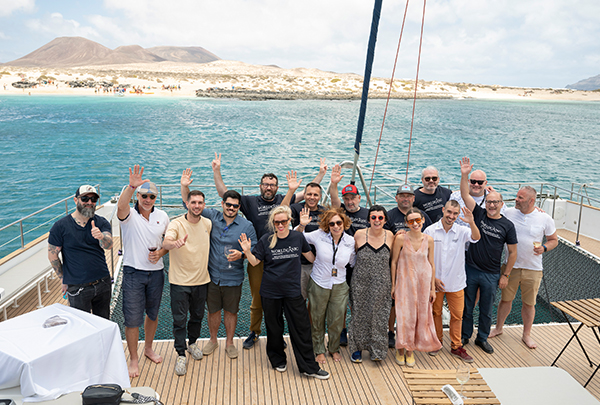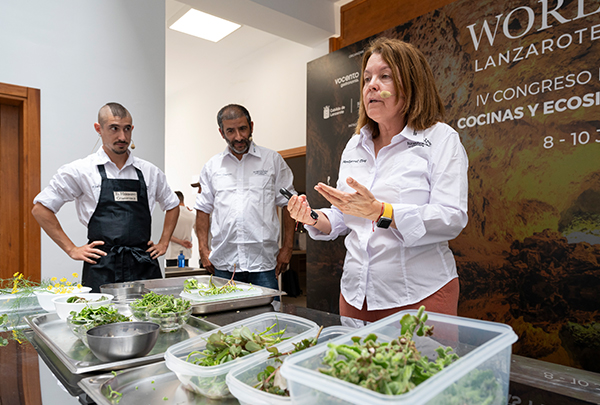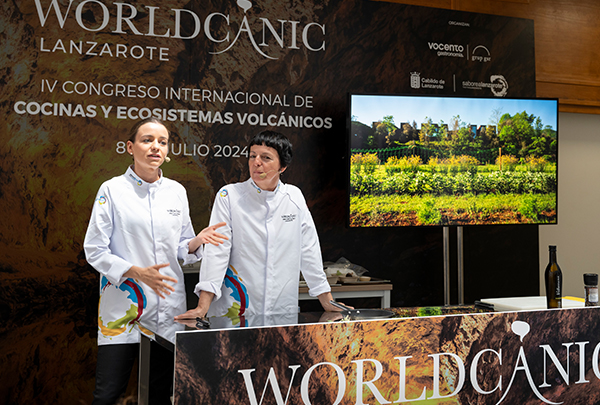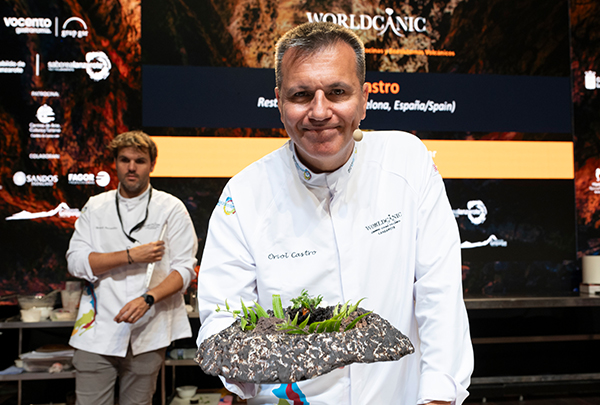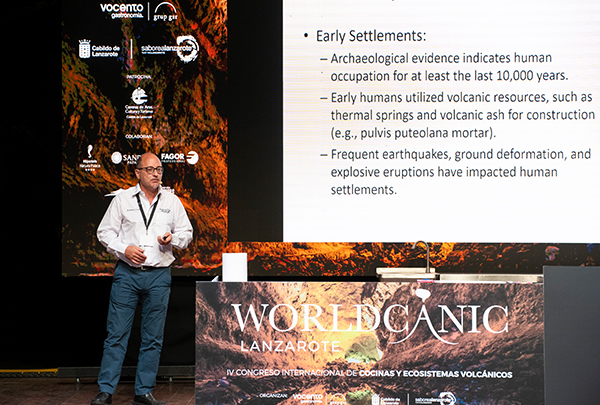News
Santorini's volcanoes under control
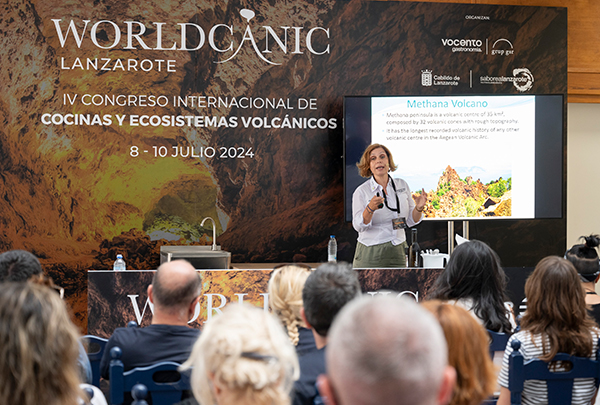
The magnificent Greek island of Santorini is the result of the activity of one of the volcanic arcs in the Mediterranean. Maria Manousaki, a geologist and official at the OASP (Athens, Greece) Earthquake Planning and Protection Organisation, has given us an insight into the island.
Greece is a country with around 35 volcanoes, although only 5 are currently active. The activity of these volcanoes must be constantly monitored and evaluated, as there is always a risk.This is the task of a large team of researchers - of a scientific committee set up in 2012 after an increase in seismic activity was detected in 2011.
Despite the fact that the volcano is now in a dormant phase, "it is important to be prepared", said Manousaki.
Maria described the history, which began 40 million years ago. During that time, there have been several eruptions, resulting in "the current appearance of the island of Santorini - which is actually five islands - and its spectacular caldera". But the eruptions, both on land and underwater, have not only changed the area, but also its human history.
These negative consequences confirm the need to establish "protocols for action in the event of an emergency"
However, like many of the speakers at the congress, the geologist did not only talked about aspects of volcanic activity, but also its benefits, "such as the magnificent wines of Santorini or its prized cherry tomatoes, the product of fertile soils that we owe to volcanic activity".


